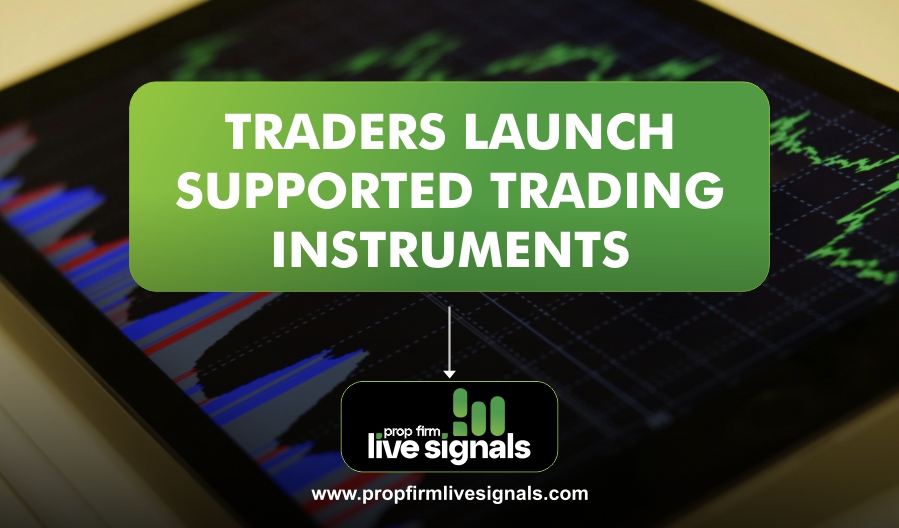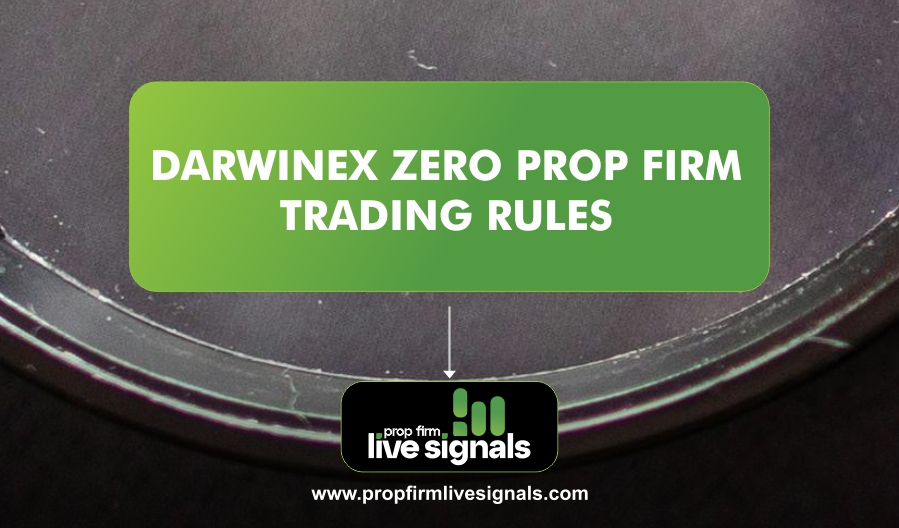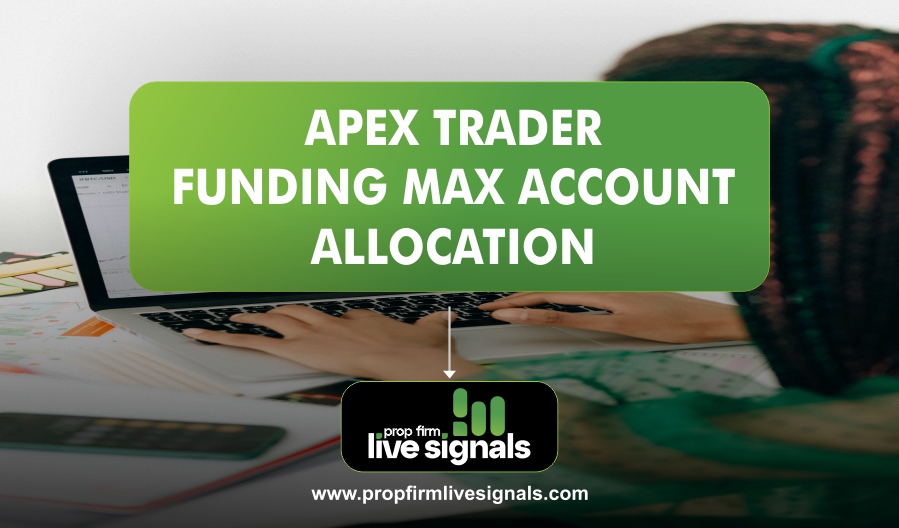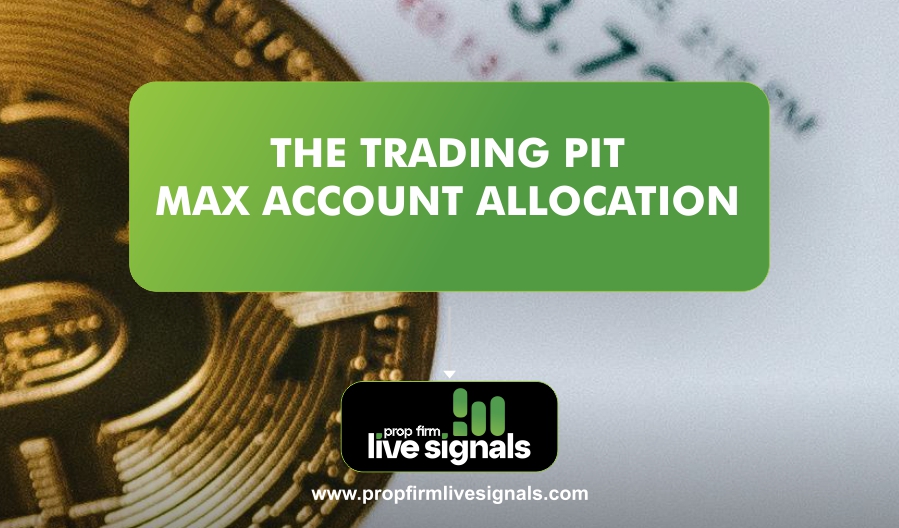The financial market is driven by a continuous flow of new opportunities. Brokers and trading platforms frequently update their list of supported instruments to accommodate changing market trends, economic conditions, and trader demands. A platform’s decision to launch new supported trading instruments may be influenced by multiple factors, including market volatility, liquidity, regulatory approvals, and technological advancements.
What Are Traders Launch Supported Trading Instruments?
Traders Launch supported trading instruments refers to the process where a trading platform or brokerage firm adds new financial assets to its platform, making them available for traders to buy and sell. This can include traditional assets like stocks and bonds or newer, more innovative instruments like cryptocurrencies and derivatives.
For example, if a trading platform that previously only offered forex trading decides to introduce commodities like gold and silver, this means they have expanded their supported trading instruments. Similarly, when a new cryptocurrency gains mainstream acceptance, some trading platforms may list it as a supported asset.
Why is Traders Launch supported trading instruments Important?
- Increased Investment Options: Traders get access to a wider range of financial instruments, allowing them to diversify their portfolios.
- Better Market Adaptation: Platforms that regularly update their supported instruments stay competitive and relevant.
- Higher Profit Potential: More trading instruments mean more opportunities to capitalize on market movements.
Types of Supported Trading Instruments
A. Stocks (Equities)
Stocks, also known as equities, represent ownership in a publicly traded company. When traders buy shares, they gain a stake in the company’s profits and losses.
Types of Stocks Supported by Trading Platforms
- Blue-chip stocks: Large, established companies like Apple, Microsoft, and Amazon.
- Growth stocks: Companies expected to grow faster than the market, such as Tesla and Shopify.
- Penny stocks: Low-priced stocks with high risk but potential high returns.
B. Forex (Foreign Exchange Market)
Forex trading involves buying and selling currency pairs. This market is known for its high liquidity and 24-hour trading availability.
Examples of Supported Forex Pairs
- Major pairs: EUR/USD, GBP/USD, USD/JPY.
- Minor pairs: EUR/GBP, AUD/CAD, NZD/JPY.
- Exotic pairs: USD/TRY, EUR/ZAR, GBP/MXN.
C. Cryptocurrencies
Cryptocurrency trading has gained significant traction in recent years. Traders can buy and sell digital currencies supported by various platforms.
Popular Cryptos Supported by Trading Platforms
- Bitcoin (BTC) – The most widely traded cryptocurrency.
- Ethereum (ETH) – Known for its smart contract capabilities.
- Altcoins: Includes Cardano (ADA), Solana (SOL), and Dogecoin (DOGE).
D. Commodities
Commodities are physical goods that traders invest in through futures contracts or direct purchases.
Common Supported Commodities
- Metals: Gold, silver, platinum.
- Energy: Crude oil, natural gas.
- Agriculture: Coffee, wheat, corn.
E. Indices
Stock indices track the performance of a group of stocks within a particular market.
Popular Indices Supported by Trading Platforms
- S&P 500: Top 500 U.S. companies.
- NASDAQ-100: Tech-heavy index including companies like Apple and Google.
- Dow Jones: 30 major industrial stocks in the U.S.
F. Bonds
Bonds are fixed-income securities that traders invest in for stability.
Types of Bonds Supported by Platforms
- Government bonds: U.S. Treasury bonds, UK gilts.
- Corporate bonds: Issued by large corporations to raise capital.
G. Options and Futures
Options and futures allow traders to speculate on the price movements of an asset without directly owning it.
Examples of Derivative Instruments
- Stock options – Contracts that give traders the right to buy/sell stocks at a set price.
- Commodity futures – Agreements to buy/sell commodities at a future date.
Benefits of Supported Trading Instruments for Traders
1. Portfolio Diversification
Having access to multiple asset classes helps traders spread risk and reduce potential losses.
2. Increased Liquidity
Supported instruments usually have high trading volumes, making them easier to buy and sell.
3. More Trading Strategies
Different instruments allow traders to explore strategies like swing trading, scalping, or long-term investing.
4. Access to Global Markets
Many platforms support assets from multiple countries, giving traders exposure to international markets.
How to Choose the Right Trading Instrument
Key Considerations:
- Risk Tolerance: Low-risk traders may prefer bonds, while high-risk traders may explore forex or crypto.
- Investment Goals: Short-term traders might focus on forex, while long-term investors may prefer stocks or indices.
- Market Knowledge: Beginners should start with familiar instruments like stocks before moving to derivatives.
Risks Associated with Trading Instruments
- Market Volatility: Prices fluctuate based on economic conditions, news, and demand.
- Regulatory Changes: New rules can impact asset availability.
- Leverage Risks: High leverage can amplify gains but also lead to greater losses.
Future Trends in Trading Instruments
- Rise of AI-driven trading strategies.
- Expansion of cryptocurrency trading.
- More integration of blockchain in trading platforms.
Conclusion
Online trading has become more accessible than ever. Technological advancements and regulatory developments have led to an explosion of financial instruments being introduced and supported across different trading platforms. Whether you are a beginner exploring your first investment or a seasoned trader looking to diversify, understanding what supported trading instruments are and how they function is essential.
The launch of supported trading instruments provides traders with exciting opportunities to diversify investments and maximize profits. Whether trading stocks, forex, crypto, or commodities, knowing the risks and benefits is crucial. By making informed choices, traders can build a profitable portfolio in today’s dynamic financial markets.
Frequently Asked Questions (FAQs)
What are supported trading instruments?
Supported trading instruments are financial assets that a broker or trading platform officially allows traders to buy and sell. These instruments can include stocks, forex pairs, cryptocurrencies, commodities, indices, bonds, and derivatives like options and futures.
How do I find out which trading instruments my broker supports?
Most brokers list their supported trading instruments on their websites. You can also check directly on the trading platform, contact customer support, or look at the asset selection within your trading account.
Are new trading instruments added regularly?
Yes. Many trading platforms and brokers continuously add new instruments based on market trends, regulatory approvals, and trader demand. For example, as new cryptocurrencies gain popularity, brokers may include them in their offerings.
What is the difference between trading instruments and asset classes?
An asset class is a broad category of financial instruments, such as stocks, forex, or commodities. Trading instruments are specific assets within those classes. For example, forex is an asset class, and EUR/USD is a specific trading instrument within that class.
Which trading instrument is best for beginners?
For beginners, stocks, ETFs, and major forex pairs are good options because they tend to be less volatile and easier to understand. More complex instruments like options and futures require deeper knowledge and experience.
Are cryptocurrencies a safe trading instrument?
Cryptocurrencies are highly volatile and can be risky, but they also offer high potential returns. Traders should conduct thorough research, use risk management strategies, and only invest money they can afford to lose.
How do I trade multiple instruments at once?
Many trading platforms allow traders to open multiple positions in different instruments simultaneously. You can diversify your portfolio by investing in stocks, forex, and commodities within the same account.
What is the most liquid trading instrument?
Forex pairs, especially major pairs like EUR/USD and USD/JPY, are among the most liquid instruments because they have high trading volumes. Stocks of large companies (e.g., Apple, Amazon) also have high liquidity.




